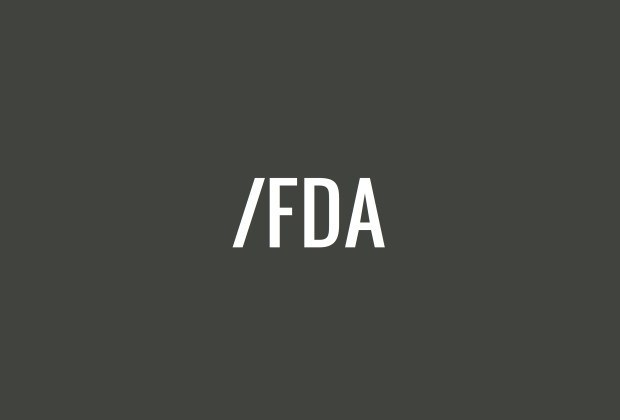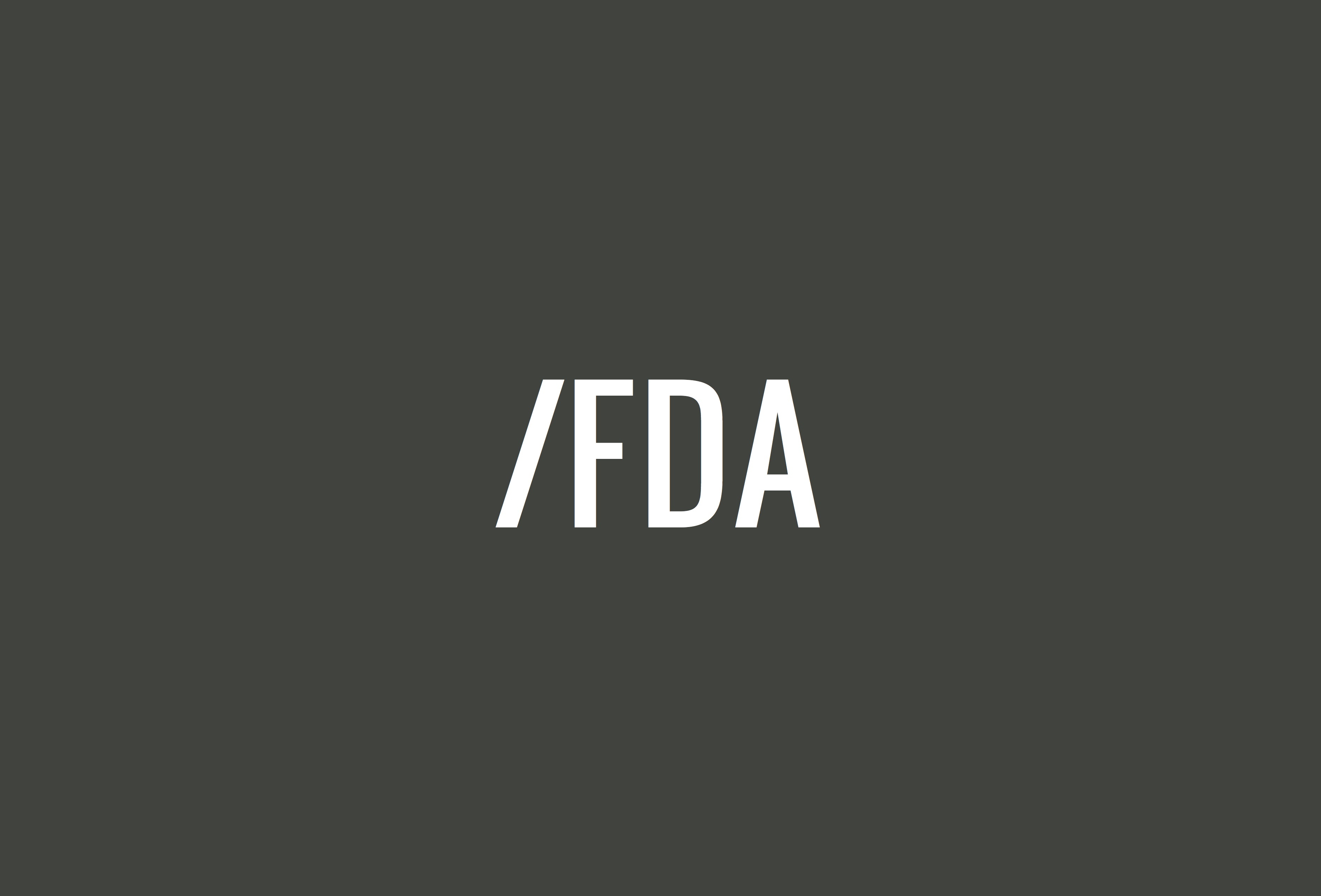The U.S. Food & Drug Administration (FDA) would once again like to know if you think it should regulate premium cigars differently than other tobacco products.
Last year Dr. Scott Gottlieb, commissioner of FDA, indicated the agency would issue an Advanced Notice of Proposed Rulemaking (ANPRM) seeking public comment on a variety of topics, most notably for readers of this site, whether the agency should exempt or regulate premium cigars differently from other products.
Tomorrow, that comment period begins.
FDA will publish an ANPRM seeking input from the public and industry about a variety of topics, mainly whether the agency should establish a maximum level of nicotine for cigarettes.
The agency also asks whether that standard should be applied to other products—like cigars—and if so, in what manner:
If FDA were to propose a product standard setting a maximum nicotine level, should such a standard cover other combusted tobacco products in addition to cigarettes? If so, which other products? If FDA were to propose to include additional categories of combusted tobacco products in a nicotine tobacco product standard, should the standard be tailored to reflect differences in these products? What criteria should be used to determine whether, and which, products should be covered?
The FDA then asks whether it should exempt premium cigars:
Some suggest that large cigars and those cigars typically referred to as “premium” cigars should be regulated differently from other cigars, asserting that they are used primarily by adults and their patterns of use are different from those of regular cigars (81 FR 28973 at 29024). FDA requests information and data on whether large and/or so-called premium cigars should be excluded from a possible nicotine tobacco product standard based on asserted different patterns of use, and whether large and/or so-called premium cigars would be migration (or dual use) candidates if FDA were to issue a nicotine tobacco product standard that excluded premium cigars from its scope. FDA also requests data and information on whether and how there is a way that, if FDA were to exclude premium cigars from the scope of a nicotine tobacco product standard, FDA could define “premium cigar” to include only unlikely migration or dual use products and thereby minimize such consequences.
When FDA was evaluating the regulations in 2014, it asked similar questions regarding whether it should exempt premium cigars from FDA regulation, as well as what qualifies as a premium cigar. Ultimately, it chose to regulate all cigars the same, stating that it believed that all cigars are dangerous and there was no evidence that proved why premium cigars should be regulated differently.
It later came out that FDA itself didn’t want to propose an exemption from premium cigars, rather, the White House Office of Management and Budget (OMB) changed FDA’s original proposal of asking whether it should regulate premium cigars differently to whether it should exempt premium cigars.
As for why FDA is once again evaluating premium cigar exemption, it’s likely due to three main reasons. First, there’s a new administration in charge of FDA. Second, the cigar industry’s lawsuits against FDA have provided additional pressure. And finally, regulating premium cigars likely delivers a lot less return than FDA might like, particularly compared to the regulation of mass market cigars and e-cigarettes.
There’s also a variety of questions that deal with the levels of nicotine and the farming process. These questions show some of what FDA might consider in future regulations, which would be highly problematic for cigarmakers and tobacco growers.
Notably, the agency is looking at the farming techniques used and whether there are methods that could better ensure nicotine consistency levels crop to crop, year to year. These questions ask whether the proposal= is a feasible regulation—something most in the cigar industry would say is not—and how it would affect the tobacco growing process.
While these questions are mainly being asked in regards to cigarettes, there is a specific mention of “large cigars” in question three.
- What methods are tobacco product manufacturers currently using to maintain consistency of the nicotine in their products, given the variability of nicotine levels over growing seasons and crop type? How could these methods be adapted to ensure that certain combusted tobacco products meet a potential nicotine tobacco product standard?
- What is the feasibility of using the techniques discussed in this section, or other nicotine reduction techniques, to reduce the nicotine in cigarettes?
- What is the feasibility of using the techniques discussed in this section, or other nicotine reduction techniques, for non-cigarette combusted tobacco products (e.g., cigarette tobacco, RYO tobacco, little cigars, large cigars, cigarillos, pipe tobacco, and waterpipe tobacco) that FDA is considering covering under a nicotine tobacco product standard?
- If FDA were to propose a tobacco product standard setting a maximum nicotine level, how, if at all, would such a product standard impact tobacco farmers’ growing and/or curing practices? If FDA were to finalize a nicotine tobacco product standard, what would be the costs and benefits for tobacco farmers and tobacco processors, particularly regarding how any such rulemaking might affect them in light of new technologies and business opportunities that are foreseeable, but not now in place? In addition, if FDA were to finalize a nicotine tobacco product standard, what would be the costs for farmers in light of such a standard?
- Section 907(d)(2) of the FD&C Act provides that a tobacco product standard must set forth the effective date of the standard, which may not be less than 1 year after publication of a final rule unless FDA determines that an earlier effective date is necessary for the protection of the public health (and that such effective date be established “to minimize, consistent with the public health, economic loss to, and disruption or dislocation of, domestic and international trade”). This section also provides that the effective date be a minimum of 2 years after publication of a final rule if the tobacco standard can be met only by requiring “substantial changes to the methods of farming the domestically grown tobacco used by the manufacturer.” Therefore, if FDA were to propose a product standard setting a maximum nicotine level, when should this standard become effective? What implementation timeframe would allow adequate time for industry to comply? Should the same timeframe be required for all tobacco product manufacturers, regardless of their number of employees and/or annual revenues?11 Given the currently available processes to reduce the nicotine in tobacco products (e.g., chemical processes, genetic engineering), what do manufacturers and others with relevant expertise consider an appropriate timeframe to implement a product standard to reduce nicotine? Would a 2-year, 4-year, or 6-year timeframe be appropriate?
- Should the standard include provisions that would allow manufacturers, distributors, or retailers to sell off existing nonconforming inventory of manufactured combusted tobacco products? If so, what would be a reasonable sell-off period?
- What are the potential outcomes of implementing methods to reduce nicotine content in cigarettes in terms of impact on characteristics of cigarettes (flavor, taste, aroma, etc.) and user experience?
Anyone is allowed to comment on any of these questions and FDA encourages evidence to be provided to support an argument.
The comment period will open tomorrow and closes in 90 days, June 14, barring any extensions.
You can read and comment on the ANPRM here.


